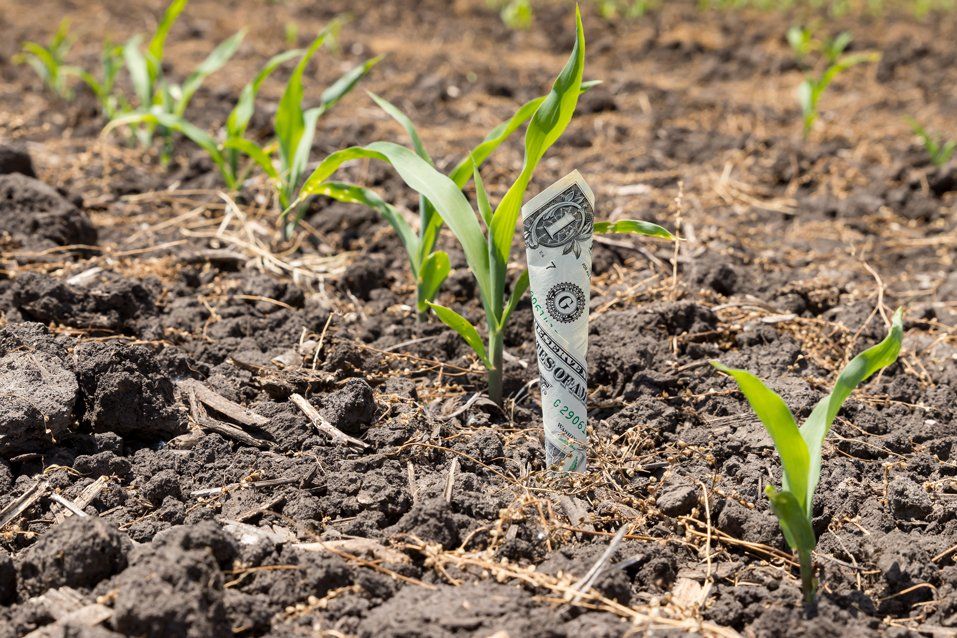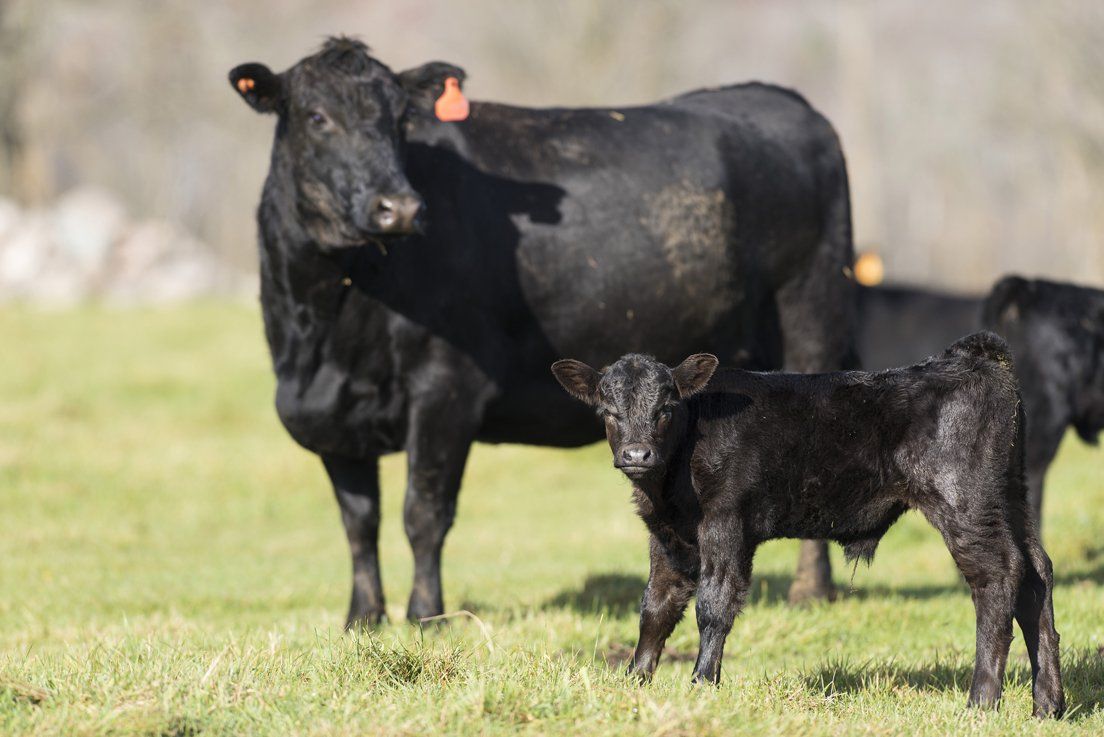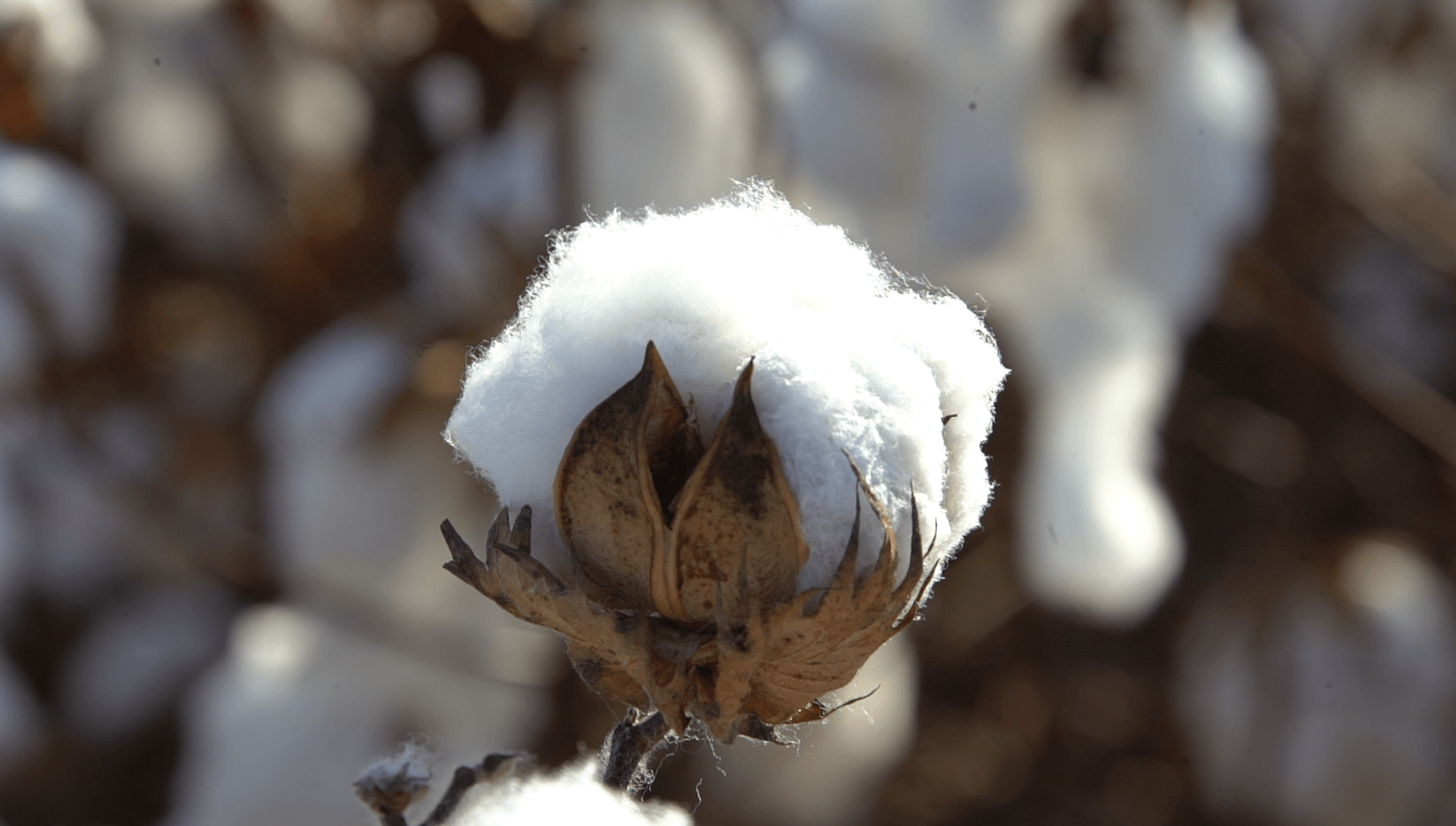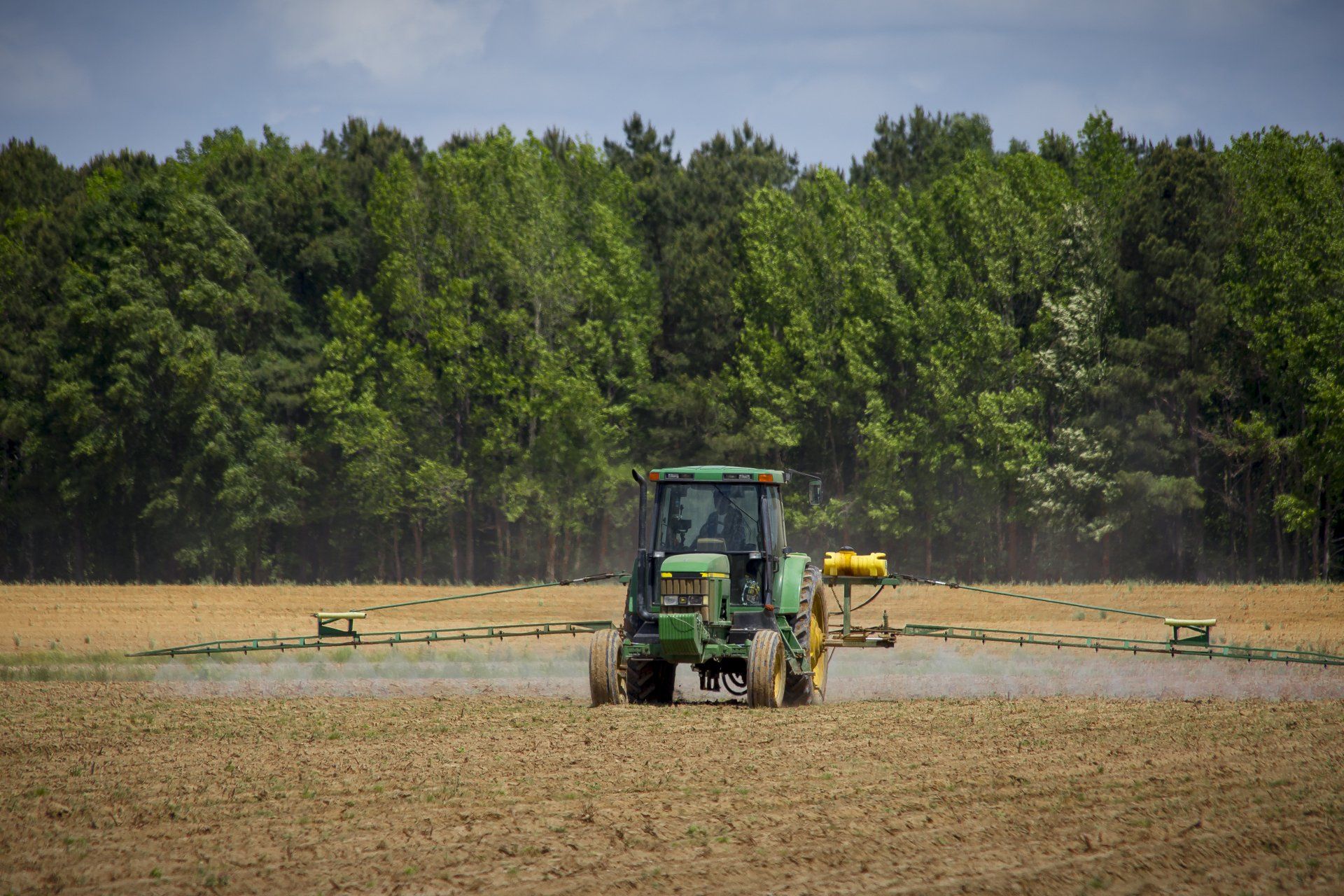Importance of CEC
Cation Exchange Capacity of Soil
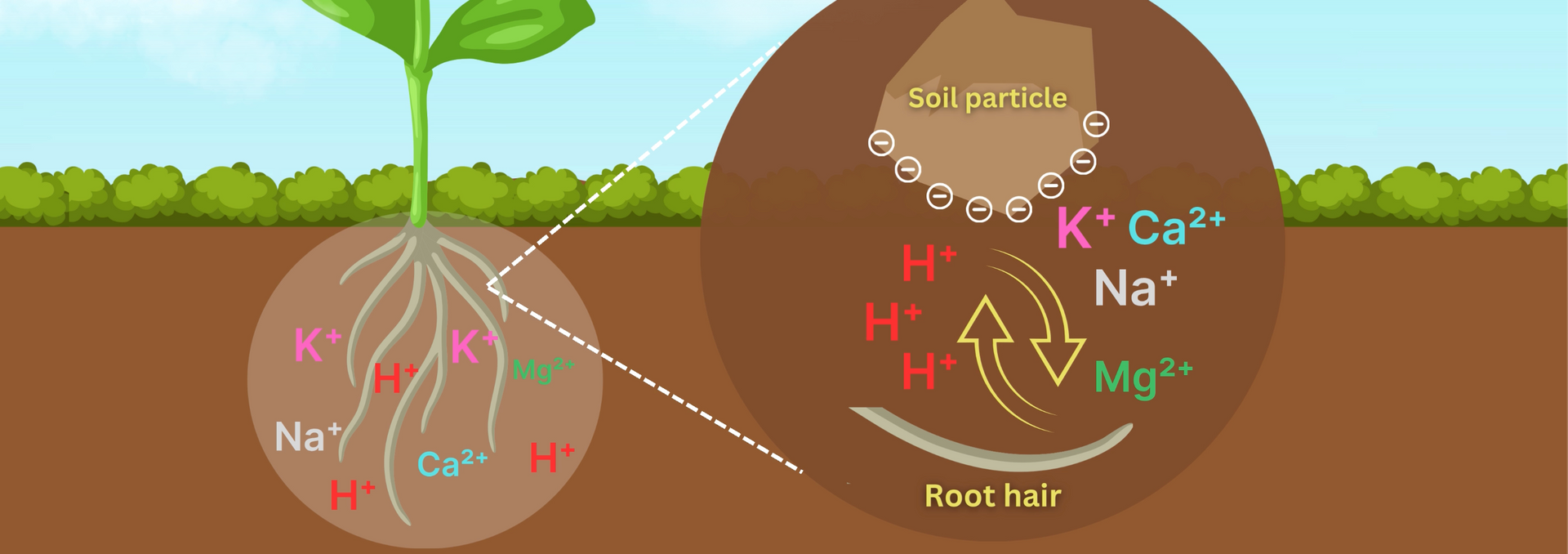
Cation exchange is a crucial process in soil chemistry that plays a fundamental role in nutrient availability for plants. It involves the interchange of positively charged ions (cations) between soil particles and plant roots. In soils, clay minerals and organic matter have negatively charged exchanging sites, which attract and hold onto positively charged cations. As plat roots release hydrogen ions (H+) into the soil, these ions displace cations on soil colloids, releasing essential nutrients like calcium (Ca2+), magnesium (Mg2+), potassium (K+), sodium (Na+) and others into the soil solution.
The soil's cation exchange capacity (CEC) is a crucial parameter that reflects its ability to hold and exchange cations. Soils with high CEC have more exchange sites and can retain a greater quantity of nutrients, making them more fertile. Microbes, particularly soil bacteria and fungi, play a crucial role in cation exchange processes. Soil microbes contribute to the decomposition of organic matter, releasing organic acids that contribute to the proton (H+) release, facilitating the displacement of cations on soil particles.
This microbial activity enhances nutrient cycling and availability in the rhizosphere, the soil region influenced by plant roots. The question to ask yourself is, "How to improve CEC in soil?" CEC is influenced by the type and amount of clay minerals, organic matter content and soil pH. Coarse-textured, sandy soils have relatively low CEC because they have low clay content and typically low organic matter content. Adding clay or clay-rich materials to sandy soil can improve its CEC because clay soils generally have higher CEC than sandy soils.
Soil pH is essential for CEC because as pH increases and soil becomes less acid, the number of negative charges on the colloids increase, hence increasing CEC. There are various other ways to enhance soil CEC, including the incorporation of vermiculite and crop rotation, alongside implementing cover cropping, limiting chemical fertilizers, mulching, preventing soil compaction, and promoting biological activity.
Cation exchange is crucial for sustainable agriculture and ecosystem health. It determines the nutrient-holding capacity of soils, affecting plant growth and productivity. Understanding the dynamics of cation exchange helps in making informed decisions about soil management, nutrient fertilization, and maintaining the overall fertility of agricultural and natural ecosystems.








